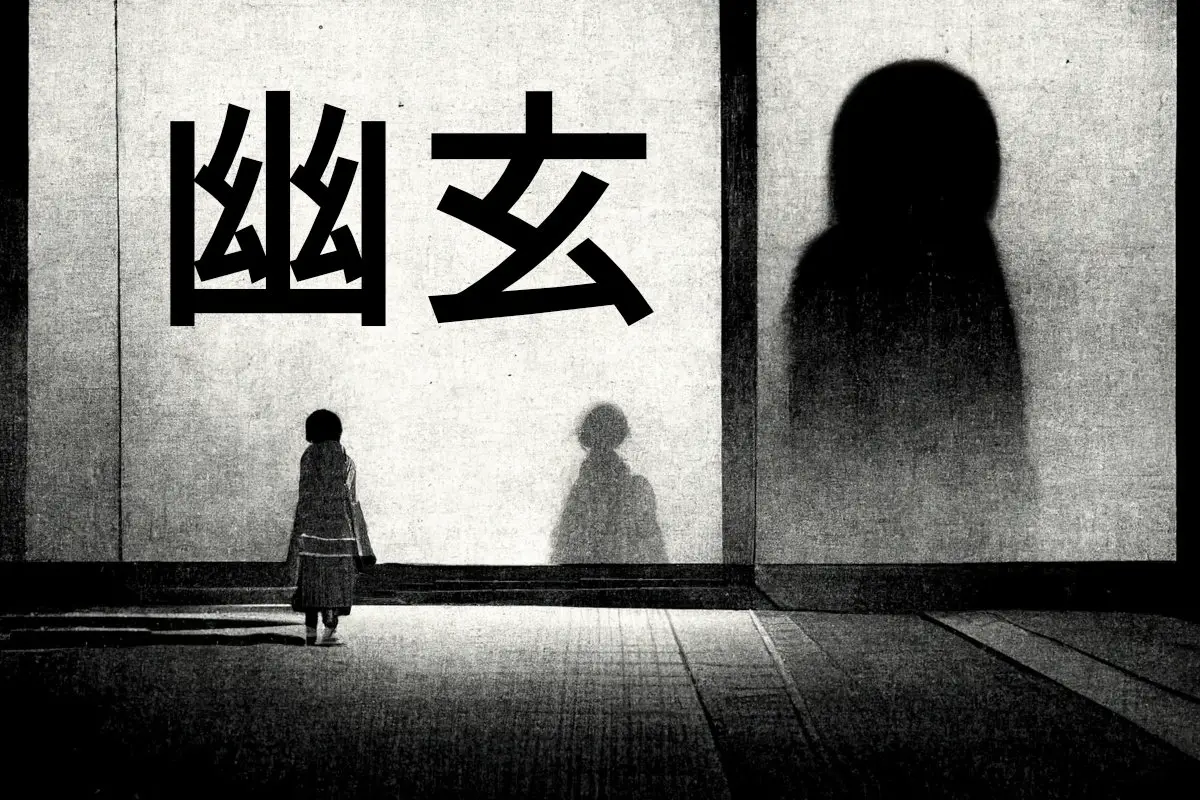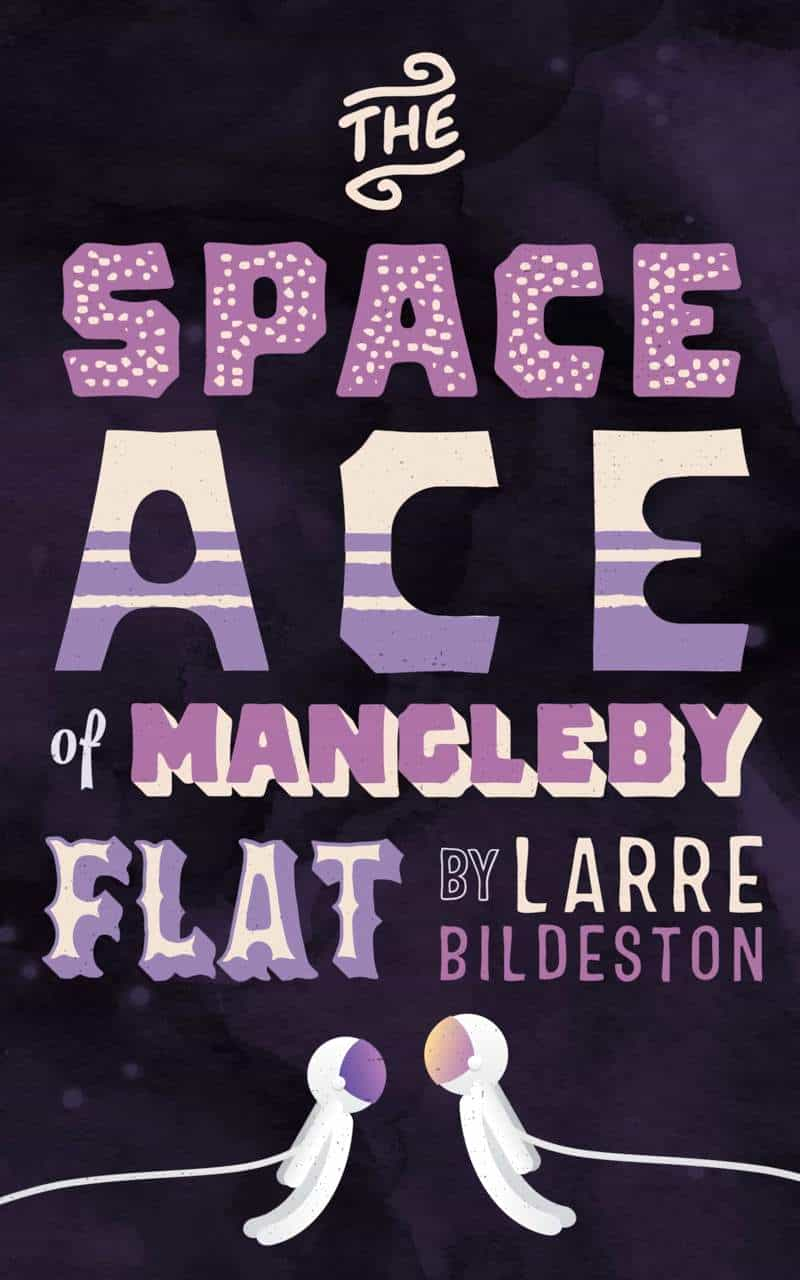ARE THERE ENGLISH WORDS TO DESCRIBE YUGEN?
Yugen is a uniquely Japanese term. It defies easy translation into English but denotes something like ‘profound mystery and depth’. It is related to the Japanese love of shadow, nuance, and empty space.
“Wise” Blood and the Japanese yūgen Aesthetic, Michael Myers, The Flannery O’Connor Bulletin Vol. 21 (1992), pp. 58-72
- appreciating the unknown
- conveying more by showing less
- a blurring of boundary between self and space
- feeling one hundred but showing seventy
- unable to be understood via calculation
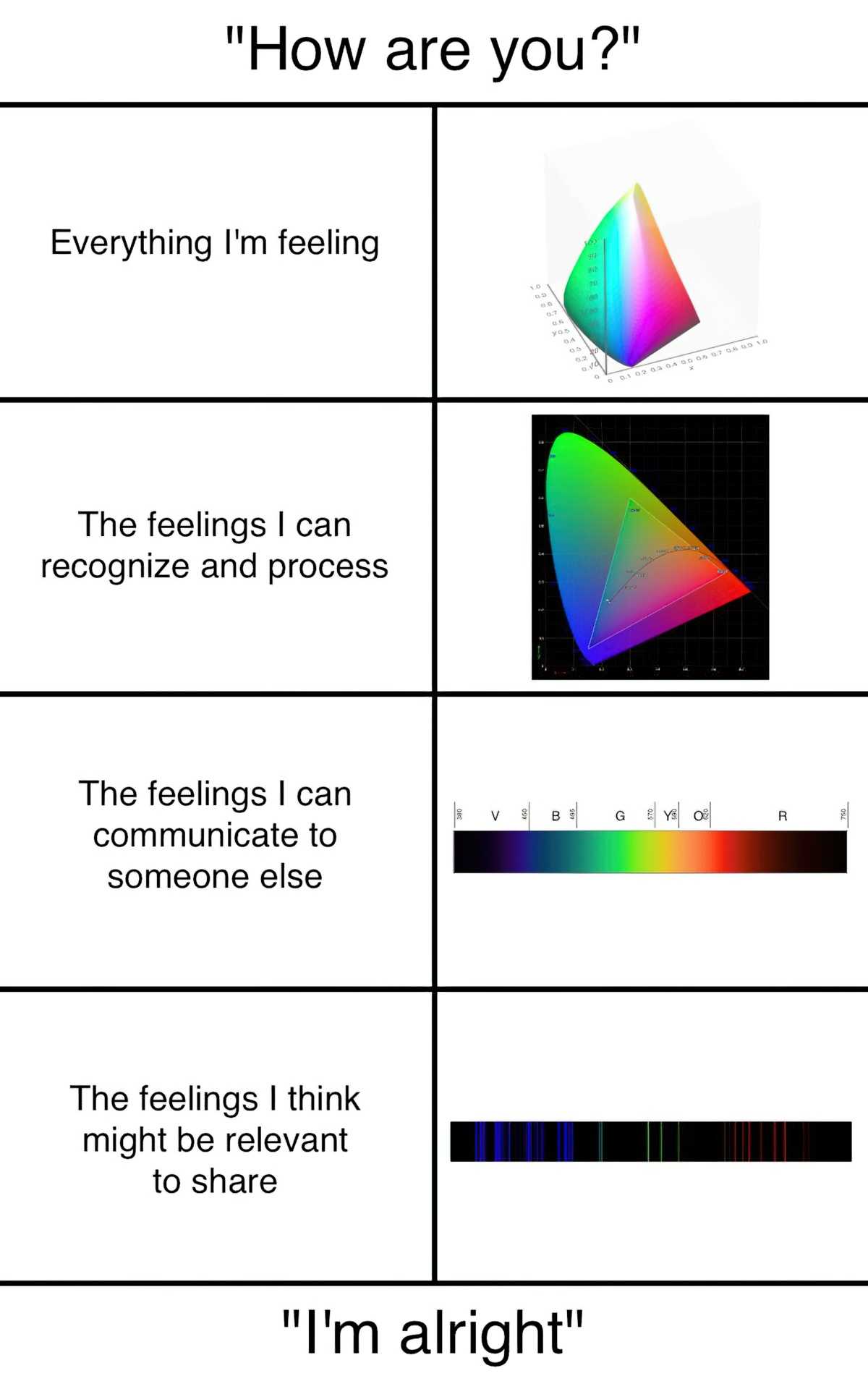
Yugen is not just an aesthetic idea or ideal. It is a specifically Japanese way of experiencing the phenomenal world. When I say ‘phenomenal’ world, I mean the non-spiritual world. Some mistakenly think yugen is about the spiritual realm, but it concerns the phenomenal (real, lived) world.
The concept comes from Chinese philosophy.
Yugen is the appreciation of patterns in naturally occurring elements.
The word doesn’t describe beauty itself. It describes the feeling you have yourself, when faced with something beautiful or profound.
SOMEWHAT RELATED ENGLISH CONCEPTS
Overlapping concepts from the West can approximate the pool of concepts within the yugen aesthetic. One problem in translating between cultures: connotation is sometimes lost. (What sounds like an awful state of affairs in one culture is actually pretty cool in another.)
Close but no cigar:
- Via negativa: a Latin phrase used in Christian Theology to explain what God is by focusing on what God isn’t. This keeps God kinda mysterious. Mysterious entities are way more interesting.
- Classic cosmic horror borrows this concept for monsters. Characters will see something so horrible they can’t possibly describe it. But cosmic horror deals in nonspecific dread and existential angst. Yugen is not that at all.
- In modern storytelling, certain big names in the business talk about ‘mystery boxing‘. These storytellers understand that whatever inchoate solution/monster the audience provides in their heads will be far cooler than whatever writers come up with. (Done badly, it’s a total cop out.)
- Whereas the English phrase ‘impersonal emptiness’ describes an aspect of yugen, the English has negative connotations. But in the Japanese aesthetic, ‘impersonal emptiness’ isn’t bad. It’s beautiful. A void contains mystery and depth. Yugen is a positive characterisation of nothingness.
Where does the YUGEN concept come from?
Its origins lie in medieval artistic and literary applications of a distinctively Buddhist world view.
“Wise” Blood and the Japanese yūgen Aesthetic, Michael Myers, The Flannery O’Connor Bulletin Vol. 21 (1992), pp. 58-72
DO WE SEE YUGEN IN ART AND STORYTELLING?
Standout example of yugen in literature: Portrait of Shunkin (春琴抄 — shunkinshou) by Junichiro Tanizaki (1886-1965). Portrait of Shunkin is a 1933 novella adapted for film in 1976.
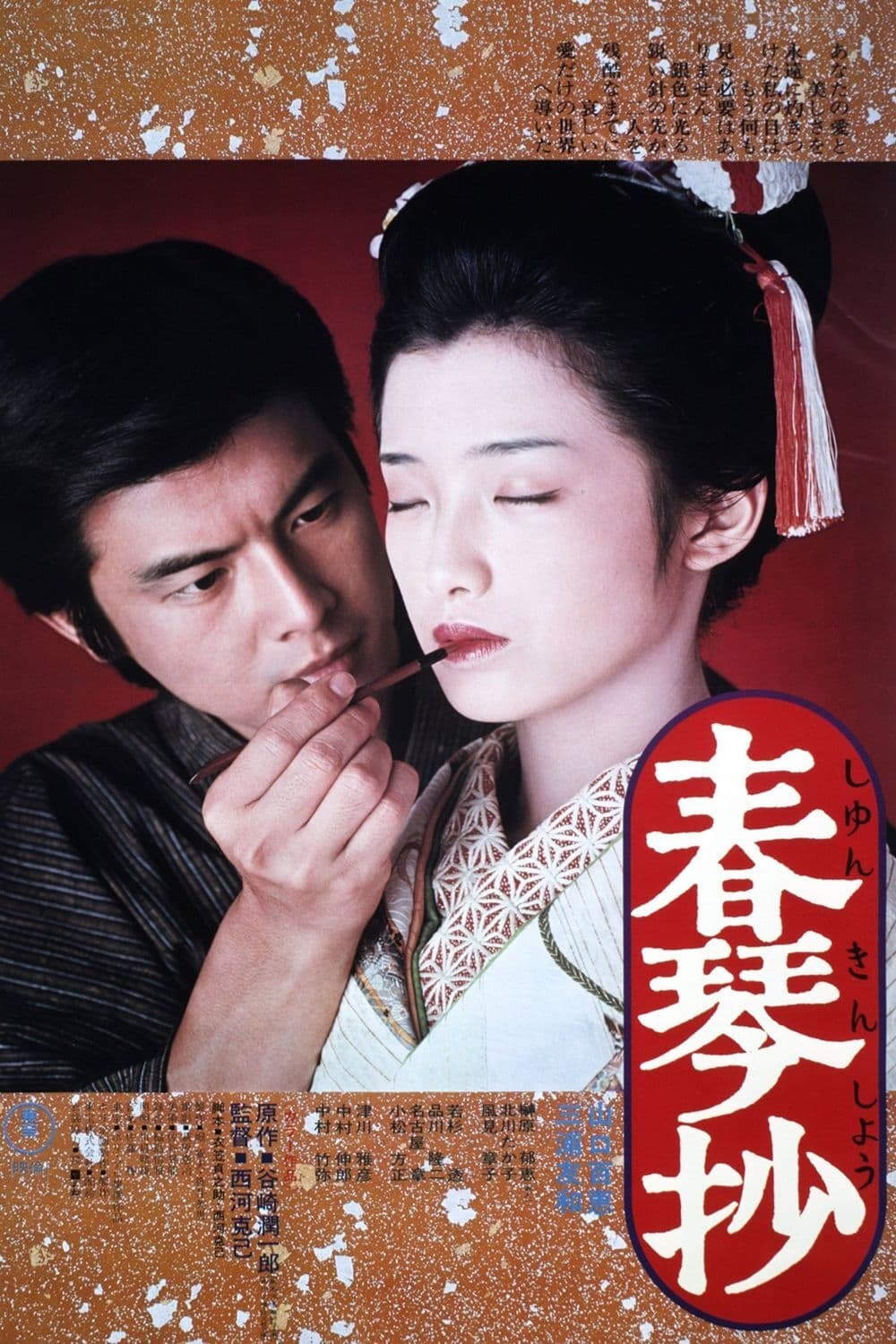
The 1990s saw a renaissance in yugen aesthetics in art and narrative.
THEMES AND YUGEN
Stories with a yugen aesthetic tend to have juxtaposing themes such as:
- existence vs nonexistence
- freedom vs nihilism
YUGEN AND EPIPHANY
Yugen can be overwhelming but also cathartic, which is why it’s useful at the anagnorisis phase of a story.
Typically in Western stories, epiphanies go hand-in-hand with imagery around light. This is no doubt to do with our concept of ‘blindness’ linked to ‘lack of understanding in general’. But Japanese culture doesn’t make such a close connection between light metaphors and understanding. Oftentimes in Japanese narrative, understanding comes from the shadows, not the light.
IN PRAISE OF SHADOWS
A well-known 1933 essay by Junichiro Tanizaki (the guy who wrote Portrait of Shunkin) goes deep into this. The essay is called “In Praise of Shadows”. (The latest translation was done by Gregory Starr in 2017.)
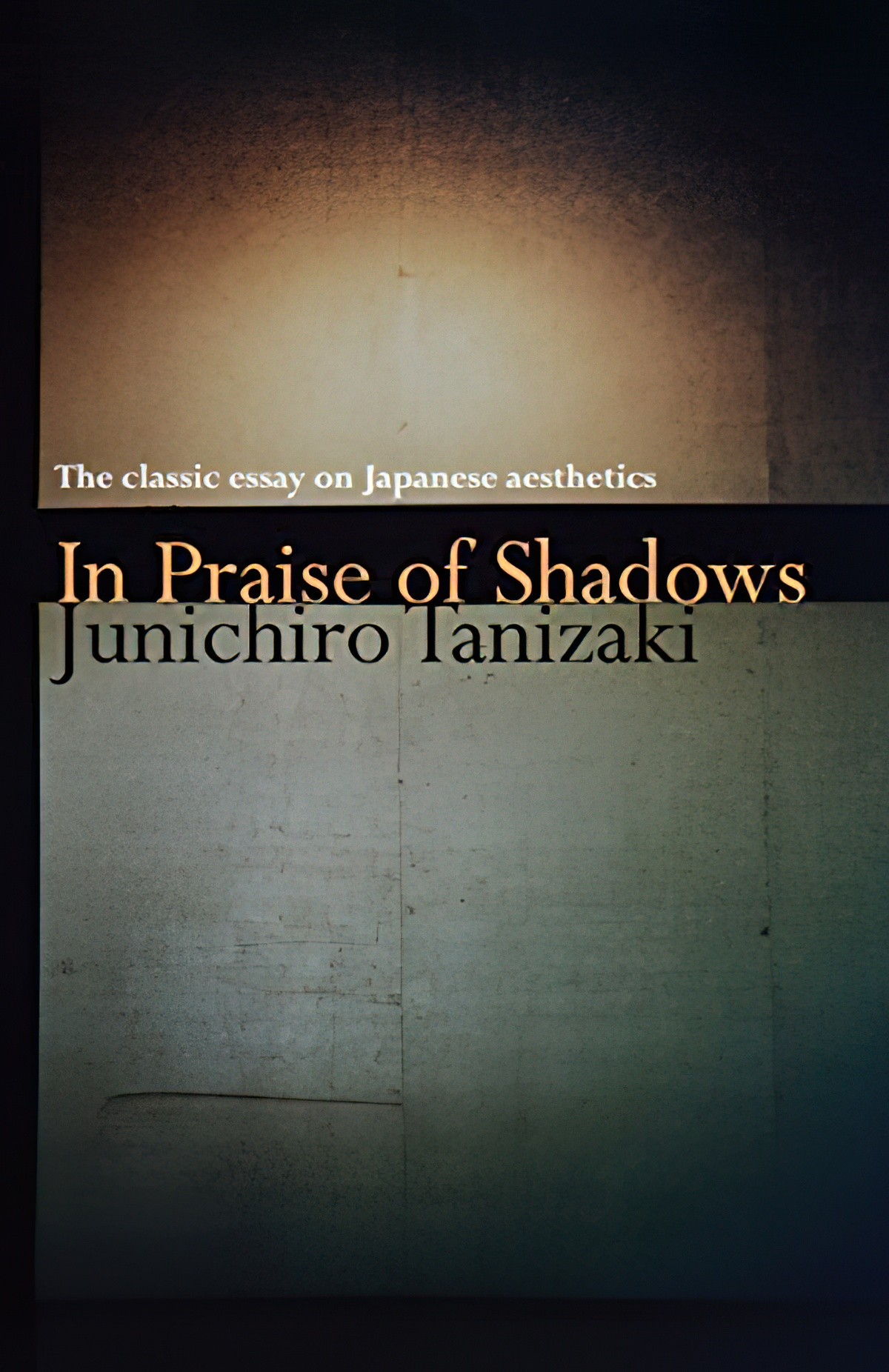
A completely new translation of this seminal collection of thoughts on Japanese aesthetics by one of Japan’s most important modern writers, with an introduction by architect Kengo Kuma.
In Praise of Shadows is both a historical work documenting a period when many in Japan grappled with the breakneck speed of Westernization, and a timeless celebration of the beauty and elegance of simplicity. This new translation brings us an essential work with clarity and an appreciation for Tanizaki’s wry humour and deep insight.
Today, nearly a century removed from its first appearance, In Praise of Shadows offers a surprisingly contemporary lesson in the values of subtlety and restraint.
THE PROBLEM WITH TRANSLATING (JAPANESE) WORDS INTO ENGLISH
Dr. Jonathan Flowers writes below on the difficulties around ‘translating’ the word kokoro which, when I was learning Japanese, I memorised to mean ‘heart’, and only later understood it means far more than that:
I have a kind of pet theory that the demand to translate specialized terms into English, things like “kokoro” or “mono no aware” or “wabi-sabi” or even “bukimi no tani no gensho” comes from a desire to privilege a specific understanding of the term and narrow its application. “Kokoro” and its alternative reading “shin” is a good example. Thomas Kasulis has an entire paper (and several chapters) devoted to the manifold meaning of “kokoro” in Japanese philosophy, and my forthcoming book follows suit because the concept is just that rich in meaning. For the philosophers around me, a very good example of why I choose to leave some terms untranslated is Heidegger’s (yes, the fucking Nazi) fictional conversation with Tezuka Tomio in “A Dialogue on Language,” which does some pretty weird things with “kotoba” or words. In fact, comparing Heidegger’s engagement with “kotoba” and Watsuji’s engagement with “kotoba” should prove illuminating for questions of translating philosophical concepts, especially if you have a ground in western philosophy. I’ll leave that to y’all to expand your horizons.
But getting back to “kokoro,” as Kasulis notes, a forced translation of “kokoro” into heart or mind or even “heart/mind” reflects the philosophical and epistemic biases of the translator more than it says anything about the nature of the philosophy in question. Indeed, it presupposes the dominance of a philosophy of mind that much Japanese philosophy does not share, including questions of sentience, rationality, affective experience. For example, technology has a “kokoro” and saying this isn’t drinking an AI hype in the western sense. Referring to the “kokoro” of a tool, a piece of technology, points to how the object is engaged in a reciprocal, transactional relationship with the user. It allows use to articulate the ways that tool use is a conversation, not the enforcing of will upon an object. But this is just an example of what happens when you leave the word untranslated instead of trying to use imprecise language to capture the fucking concept.
This is also an example of just how goddamned hard it is to do non-western philosophy in the contemporary academy. That said, as Kasulis indicates, we could learn a great deal about our experience of the world if we took non-western philosophy seriously, and that includes leaving the terms untranslated where necessary. If you can learn “vorstellung,” you can sure as fuck deal with “mujou.”
(Note: I can read the fucking German terminology and some of the French passably. I don’t like it and I don’t like the double standard that allows western technical terminology to remain untranslated while demanding translation of everyone else. Fuck that.)
@shengokai
Header illustration is made with Midjourney using the prompt: the Japanese love of Shadow, nuance, and empty space
